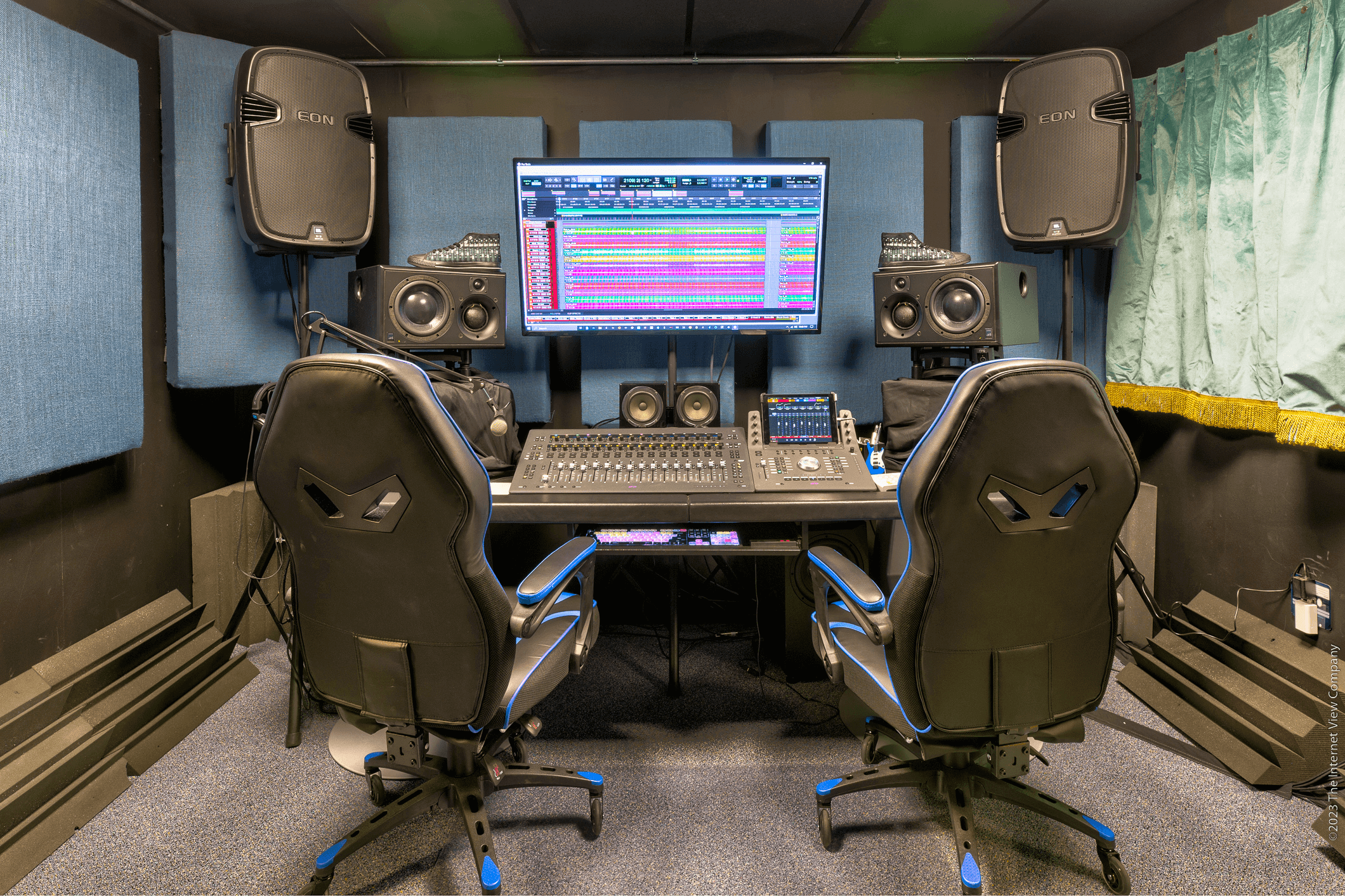What Are the Latest Trends in Audio Mixing Techniques?
Delving into the ever-evolving world of audio mixing, new trends and techniques are constantly emerging. This guide highlights the latest innovations shaping the audio mixing industry today. Whether you're a seasoned audio engineer or a passionate beginner, staying informed about these trends can enhance your mixing projects.
Embrace Automation in Mixing Processes
Automation in audio mixing is revolutionizing how engineers work. By allowing precise control over levels and effects, automation helps create dynamic, polished mixes easily. It increases efficiency and opens doors for creativity by letting engineers focus more on the artistic side of mixing rather than technical tasks.
Automation, when integrated into digital audio workstations (DAWs), is a powerful tool that empowers audio engineers. With features that automatically adjust levels, pan tracks, and change effects, automation allows engineers to achieve complex results quickly and with precision. This sense of control and efficiency can boost an engineer's confidence in their work, knowing that they have the tools to craft highly nuanced audio environments.
By incorporating automation into your mixing process, you can save valuable time and enhance the consistency of your output. Automating repetitive tasks allows you to produce high-quality mixes regularly, maintaining a reliable standard across projects. This efficiency can make you feel more productive and in control of your workflow.
Utilize AI-Driven Mixing Tools
AI technology is making strides in the audio mixing industry. These advanced tools can suggest EQ adjustments, optimize balance, and even master tracks, saving time and enhancing creativity. AI-driven plugins can now analyze audio tracks and provide suggestions to improve sound quality in ways previously unimagined.
AI tools are a boon for beginners in the audio industry, providing guidance and acting as an educational resource. These tools can help navigate the complexities of mixing, facilitating learning and skill development for new audio engineers. This support can make beginners feel more confident and less overwhelmed in their learning journey.
Additionally, AI in mixing is pushing the boundaries of creativity. With machine learning algorithms constantly improving, mixers can experiment with sound in innovative ways, leading to fresh and original audio production outcomes.
Explore Immersive Audio Formats
Immersive audio formats like Dolby Atmos are becoming more mainstream. By providing a 3D sound experience, these formats offer a new dimension to mixing, captivating listeners with spatial audio. Engineers can now place sounds in a three-dimensional space around the listener, enhancing the emotional impact of music and film audio.
The demand for immersive audio is skyrocketing across various media, including music, cinema, and video games. This push is inspiring engineers to adopt new tools and methods tailored for these formats, and the potential for innovation in this field seems boundless.
Adopt Mobile Mixing Solutions
With the rise of mobile applications, mixing on the go has never been easier. These portable solutions bring flexibility and convenience, allowing mixers to work from anywhere. Mobile mixing apps often mirror the capabilities of full desktop DAWs, narrowing the gap between traditional studio environments and mobile platforms.
For artists who are constantly traveling or professionals working remotely, mobile mixing technologies provide the freedom to edit and refine projects without being tethered to a studio setup. This growing trend helps audio professionals remain productive and creative regardless of physical location.
Focus on Sustainability in Audio Production
As the industry shifts towards sustainability, choosing eco-friendly equipment and reducing energy usage are key trends. Embrace these practices for a greener, more responsible approach to mixing. Many manufacturers are now producing energy-efficient gear and advocating for sustainable studio practices to help decrease the environmental footprint of audio production.
Sustainability in audio production also extends to digital practices, encouraging cloud storage to reduce physical media waste and optimizing equipment usage to lower energy consumption. Think about integrating these practices into your workflow to contribute to a sustainable future for the industry.
Stay Ahead with the Latest Audio Mixing Trends
Keeping up with the latest audio mixing trends can vastly improve the quality of your sound projects. To stay ahead in this dynamic field, embrace automation, AI tools, immersive formats, mobile applications, and sustainability. Continue exploring and experimenting to find the best methods for your unique audio creations.

